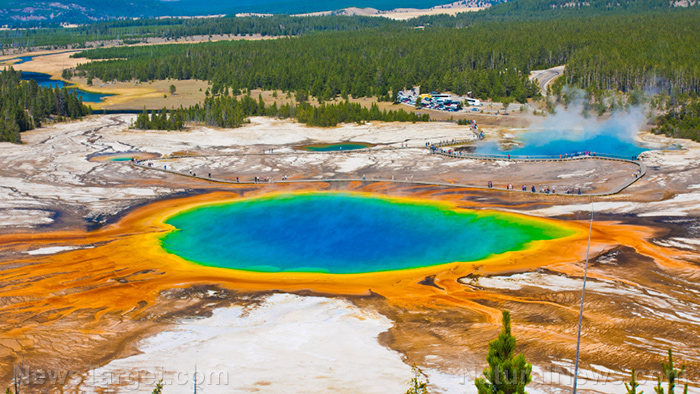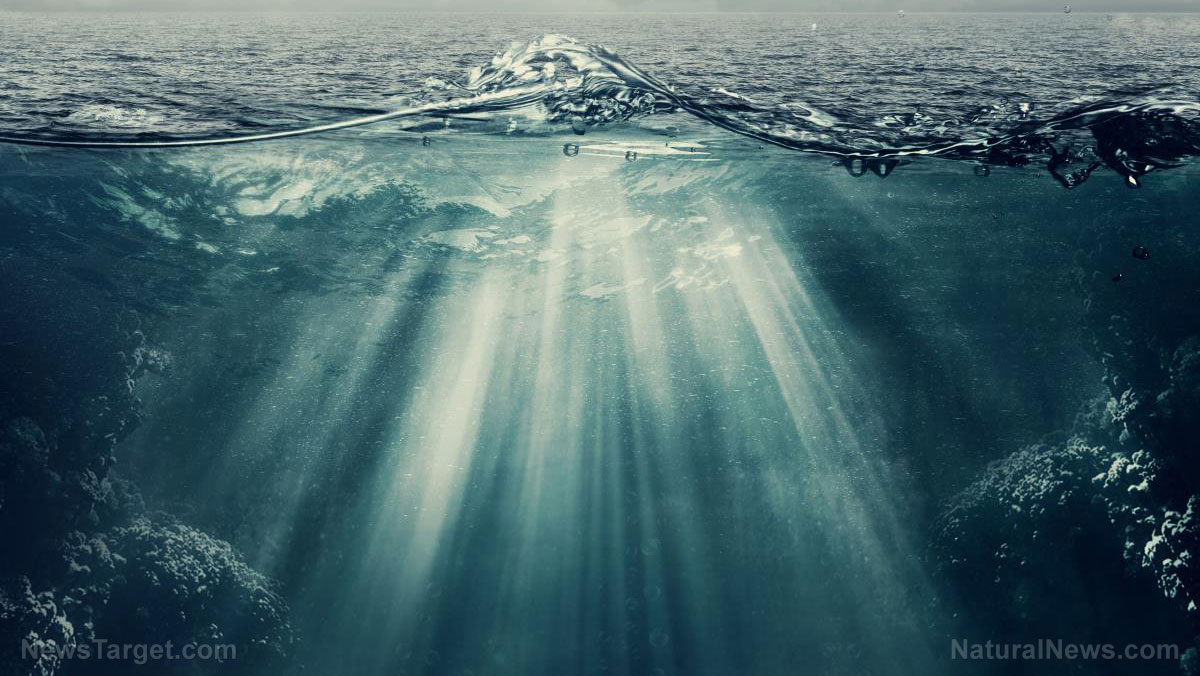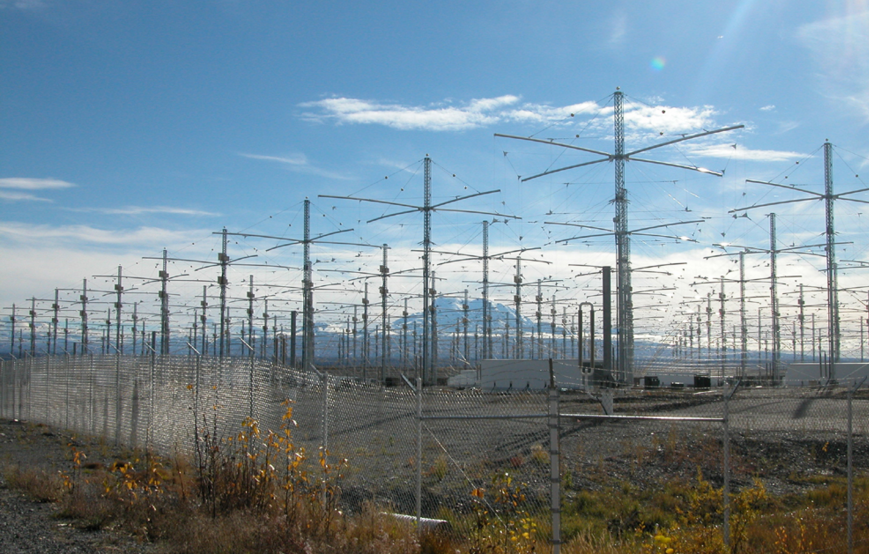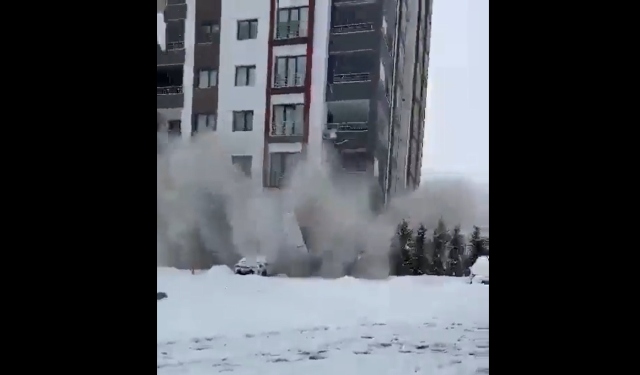
The University of Utah is associated with the Yellowstone Volcano Observatory (YVO), which observes volcanic and earthquake activity in Yellowstone National Park, the site of one of the world's most awe-inducing yet fear-inspiring supervolcanoes, the Yellowstone Mountain.
The series of earthquakes started on Monday, June 12 and as of the following week on Monday, June 19, totaled 464 events with the largest magnitude recorded at 4.4, which occurred on Wednesday, June 15. Other activities included:
- One earthquake in the magnitude 4 range,
- Five earthquakes in the magnitude 3 range,
- Fifty-seven earthquakes in the magnitude 2 range,
- Two hundred and eight earthquakes in the magnitude 1 range,
- One hundred and seven earthquakes in the magnitude 0 range, and
- Six earthquakes in the magnitude less than 0 range.
This number is the highest that Yellowstone National Park has experienced in a single week during the last five years.
A source from the United States Geological Survey (USGS) and YVO told Newsweek that current volcanic activity seems to be “slowly winding down”, also, that “no other geological activity has been detected.” Around 115 people reported that they felt the 4.4-magnitude earthquake near West Yellowstone on June 15, the agency said.
Some areas near West Yellowstone continue to feel tremors from the biggest earthquakes last week. According to Mike Stickney, head of earthquake studies at Montana Tech in Butte, Silver Bow County, “Since the magnitude 4.5 earthquake last Thursday afternoon, there have been hundreds and hundreds of small earthquakes, a handful of magnitude threes, but just an extreme number of small earthquakes.”
Stickney said that these occurrences are fairly normal for Yellowstone Park and its nearby areas, noting, “There are active periods and quieter periods. We appear to be coming out of one of the quieter periods and we'll see what the future holds.”
Montana can be found within the Intermountain Seismic Belt, a region along the Rocky Mountains where active volcanoes are located. In 1959, a massive earthquake hit the area, killing 28 people and causing $89 million in damage.
Scientists calculate that the possibility of a large volcanic eruption happening at Yellowstone in 2018 has a probability of one in 730,000. Experts said an eruption of the Yellowstone supervolcano would be a thousand times as massive as the 1980 Mount St. Helens eruption; however, they reiterated that the chances of this happening is “low”.
Still, in case you are wondering about the possible scenarios if such an occurrence does take place, here are some of the things that you will not look forward to. A 2014 report published by USGS showed that if the supervolcano at Yellowstone did erupt, most of the country -- specifically around 17 states -- would be enveloped in a blanket of ash, with some areas covered up to a meter deep. Even parts of southern Canada and northern Mexico might be affected.
South African news website Pragg reported in a 2014 article that U.S. government officials have already talked with officials from Brazil, Australia, and Argentina about possible location sites in case Yellowstone Mountain explodes. Follow more news on natural disasters at Disaster.news.
https://vimeo.com/226476731
Sources include:
Please contact us for more information.





















